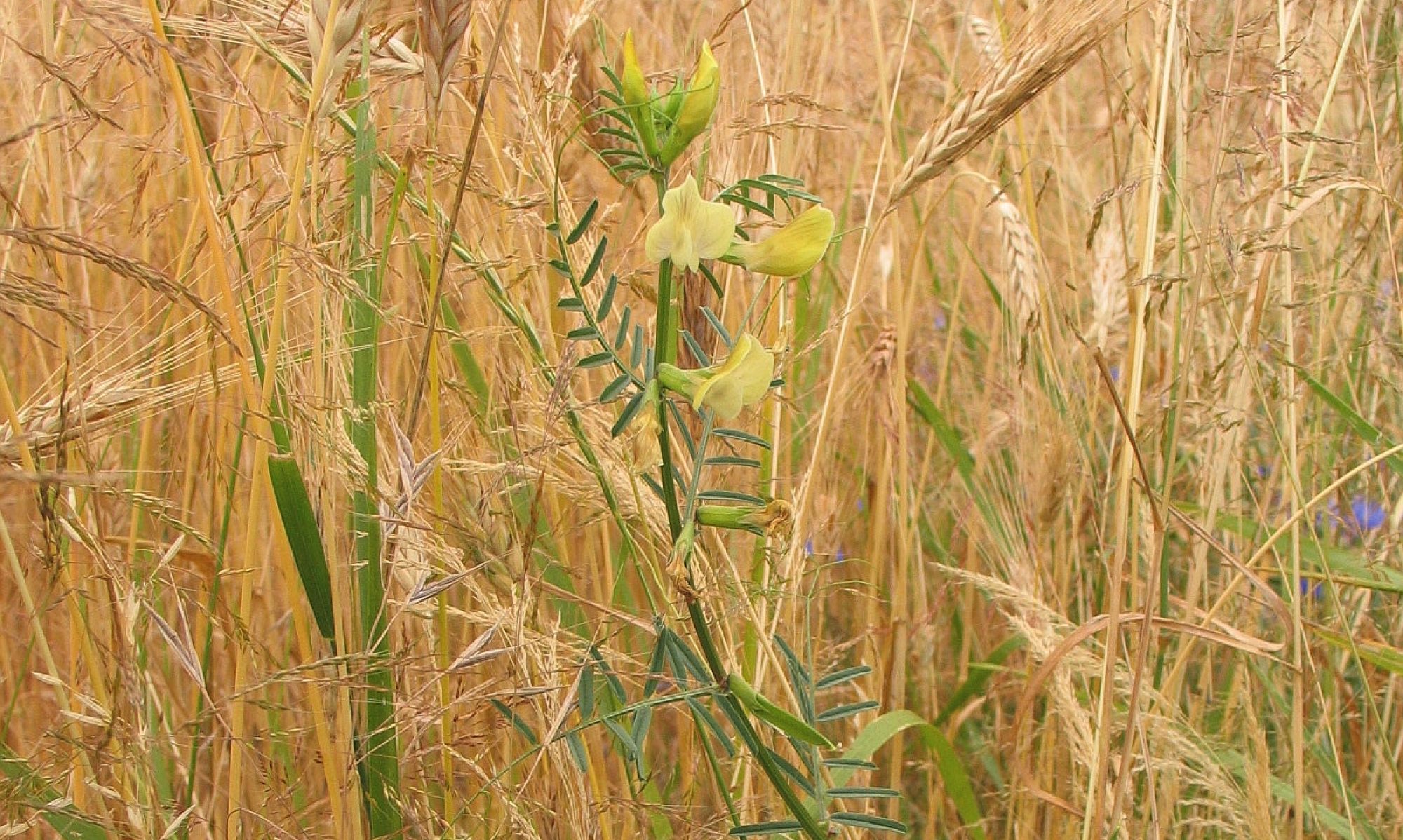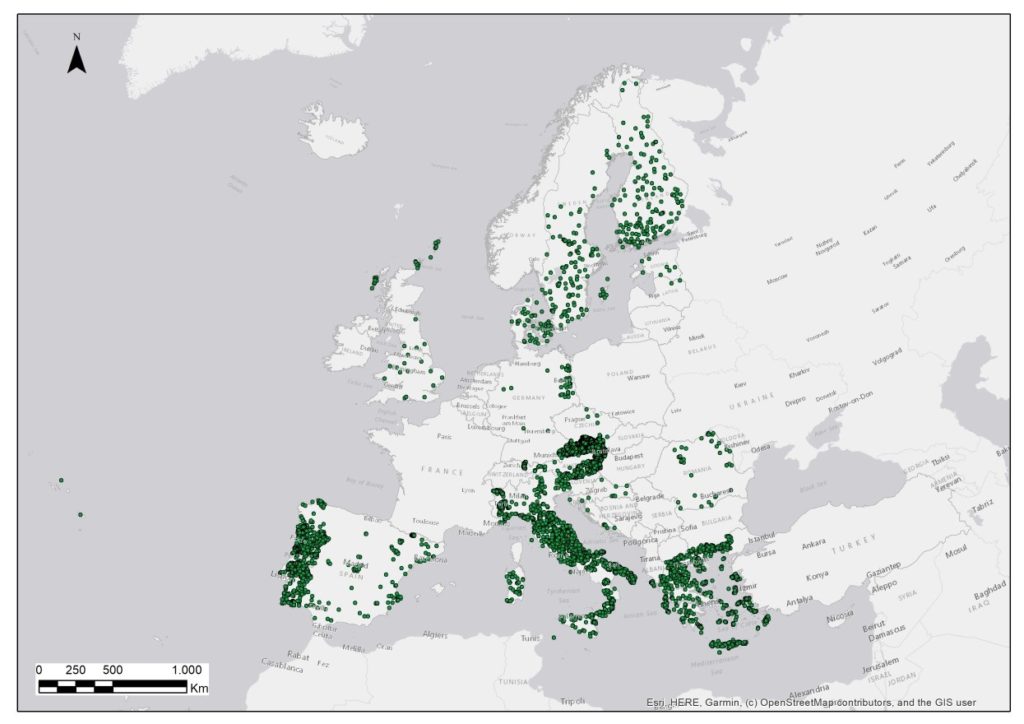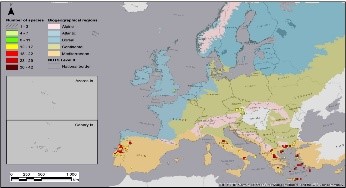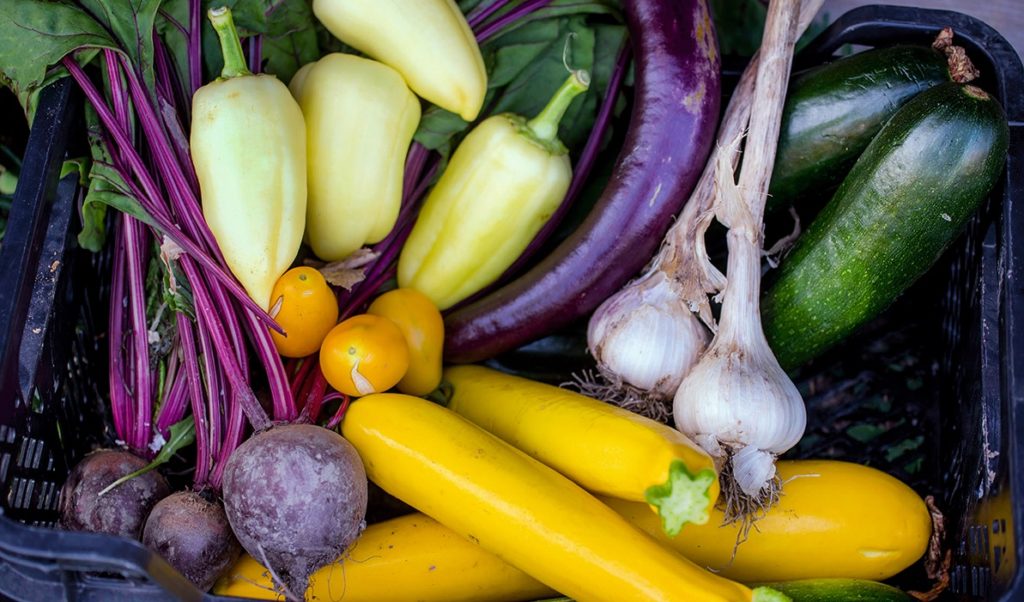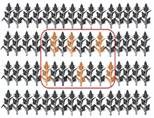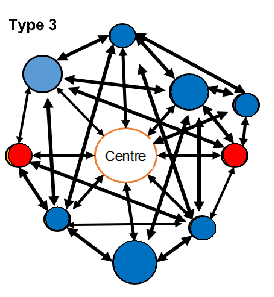In situ landraces: best practice evidence-base database
If you are interested in European landraces or looking to diversify your crops with traditional farmer’s varieties, this database provides a wealth of information on the benefits, opportunities and methods of landrace cultivation. More information here.
Landrace conservation in Europe – first localities for inclusion in a regional in situ PGR network
Based on more than 19,000 records of landrace populations maintained in situ within 14 European countries, 100 landrace ‘hotspots’ and other localities of interest have been identified. This is part of the process to identify potential landrace maintainers for membership of a European network for in situ conservation and sustainable use of plant genetic resources
Landrace hotspots identification in Europe
Based on the available data from 14 European countries, this report identifies 100 landrace diversity hotspots for potential inclusion in a European network for in situ conservation and sustainable use of plant genetic resources.
In situ plant genetic resources in Europe: Landraces
This report details the work of Farmer’s Pride project partners to create the largest ever produced database of in situ maintained landraces. It has a total of 19,335 records, including forage, cereal, pulse and garden crops and fruit trees. As the first example of an inventory for an entire region of the world, it can serve to better plan landrace conservation activities and policies.
In situ landrace propagation management and access guidelines
These guidelines aim to help farmers and gardeners effectively manage and secure the diversity of the landrace populations they grow.
Community seedbank management guidelines
Using four community seedbanks as examples, this report identifies the strengths, needs and guidelines for successful and effective community seedbank management.
Developing network models: Analysis of promoting and blocking factors for the development of community seedbanks in Europe
What are the factors that impact on the development of community seedbanks (CSBs)? This report highlights the internal factors (such as organization and membership structure, missions and visions) and external factors (such as the legal and policy environment and economic aspects) that influence CSBs, such that there is no single model for success.
